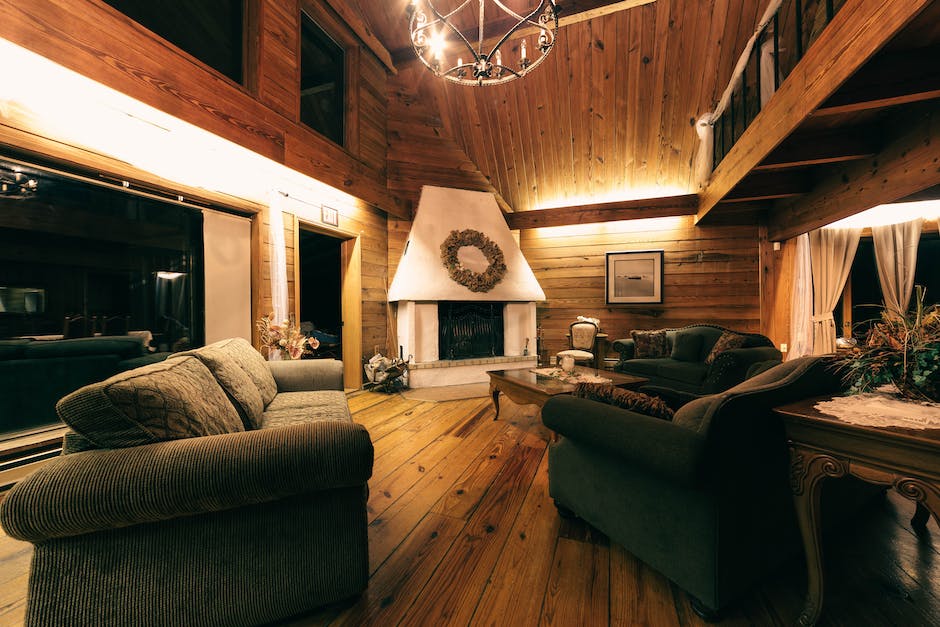Introduction
As the trend of energy efficiency continues to rise, homeowners are increasingly opting for tightly-built houses that are not only eco-friendly but also cost-effective. These homes, with their improved insulation and sealing techniques, help in reducing energy loss, thereby enhancing the overall efficiency of the home. While this translates to increased savings on power bills, it also significantly lessens the carbon footprint. However, a tightly sealed home creates a unique challenge: proper ventilation. Adequate ventilation is absolutely crucial to maintaining healthy and comfortable indoor air quality. In this article, we’ll delve into the importance of ventilating tight, energy-efficient homes and suggest some effective strategies.
The Importance of Ventilation in Energy-Efficient Homes
In tightly sealed, energy-efficient homes, the controlled exchange of indoor and outdoor air is often compromised. This lack of adequate ventilation can result in stale, moist air within the home, leading to potential health hazards, and could damage the home’s structure. With limited natural air infiltration, pollutants like radon, formaldehyde, and volatile organic compounds (VOCs) can build up. Consequently, it’s imperative to prioritize ventilation when designing and maintaining energy-efficient homes.
Proper ventilation helps to eliminate excess moisture, safeguarding the home from mold, mildew, and structural damage caused by condensation. It also reduces the concentrations of indoor pollutants, thus reducing health risks associated with poor indoor air quality, which includes respiratory problems and allergies.
Kinds of Ventilation strategies
There’s no one-size-fits-all approach when it comes to ventilation. It largely depends on the architecture and the location’s climate. Still, there are three main types of ventilation systems designed to tackle this issue in energy-efficient homes: natural ventilation, mechanical ventilation, and hybrid (mixed-mode) ventilation.
Natural ventilation utilizes wind and thermal buoyancy to circulate air. However, this method can often be unpredictable and inadequate, particularly for well-insulated homes.
Mechanical ventilation, on the other hand, offers control and reliability — especially crucial for tightly sealed homes. These systems, whether they’re exhaust, supply, or balanced, use fans and ductwork to remove stale air and draw in fresh air.
Hybrid ventilation utilizes both natural and mechanical methods depending on conditions. For instance, windows might be used for cooling during cooler times of day or season, and a mechanical system used otherwise.
Best Practices for Ventilating Energy-Efficient Homes
No matter the type of ventilation system chosen, they must be designed and installed correctly to be effective. Below are some best practices for ventilating energy-efficient homes:
1. Ensure sufficient exhaust for areas that produce most pollutants such as kitchens and bathrooms.
2. Balance the ventilation system to ensure stale air is replaced by fresh air at the same rate it’s exhausted.
3. Install adequate filtration to remove pollutants from the incoming fresh air.
4. Opt for systems with heat recovery capabilities to enhance overall efficiencies.
5. Regularly maintain and clean the ventilation system to ensure its effectiveness and longevity.
Role of Building Codes and Standards
Across many jurisdictions, building codes and standards have recognized the importance of ventilation in tightly sealed homes. These regulations specify the minimum ventilation rates necessary for healthy and comfortable living environments — establishing a crucial benchmark when designing and constructing new homes or renovating existing ones.
Conclusion
While energy-efficient homes are instrumental in saving on energy costs and reducing environmental impact, it’s essential to acknowledge and address their unique challenge — ventilation. A well-designed and properly functioning ventilation system is as indispensable to a home’s integrity as its insulation — serving as the lungs of a tightly sealed home to ensure fresh, clean air for the occupants. By following best practices and adhering to building codes and standards, homeowners can enjoy the benefits of energy efficiency without compromising on indoor air quality or comfort. As we continue to build and retrofit for the future, it’s clear that energy efficiency and proper ventilation go hand-in-hand — both vital for creating and maintaining safe and sustainable living environments.
